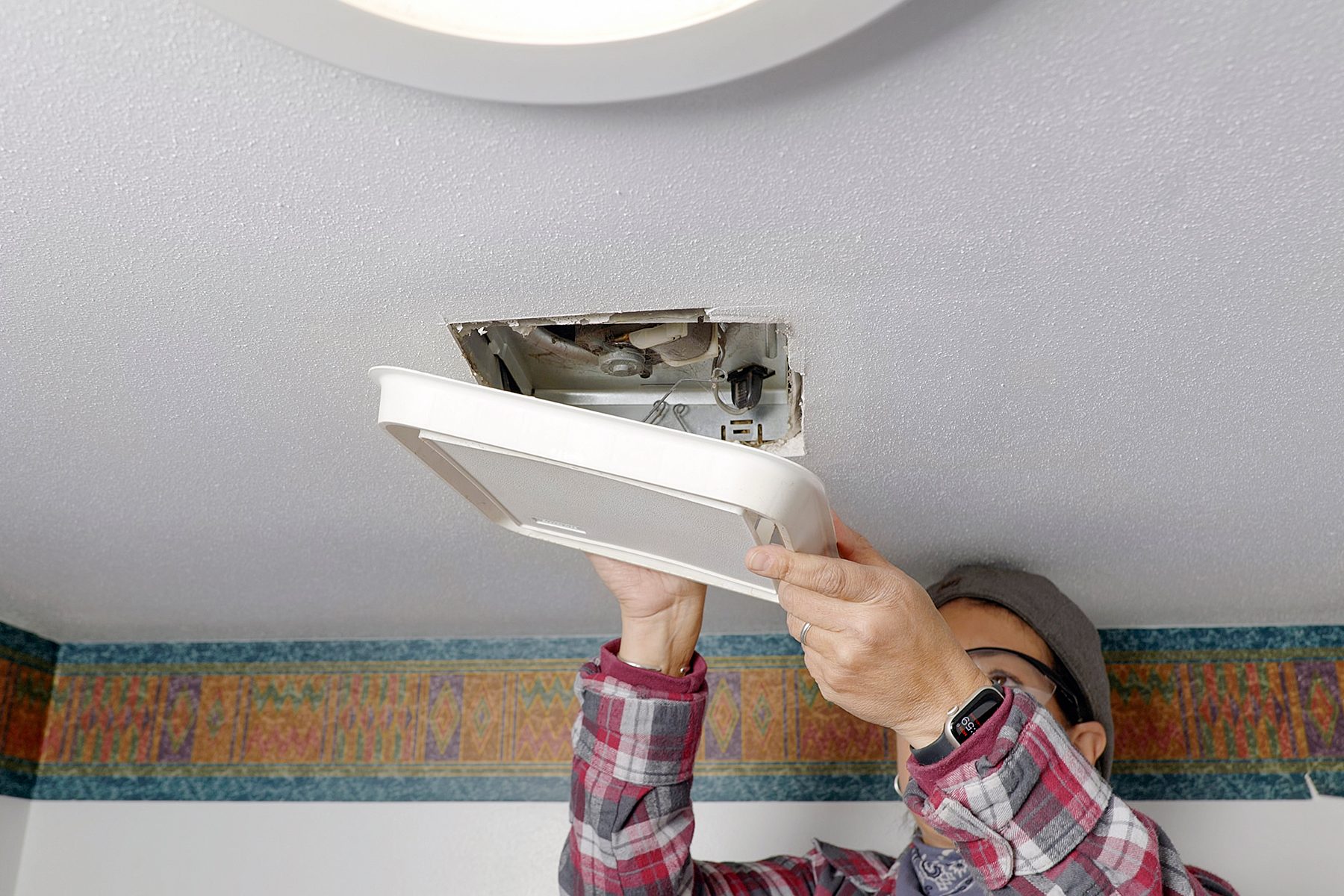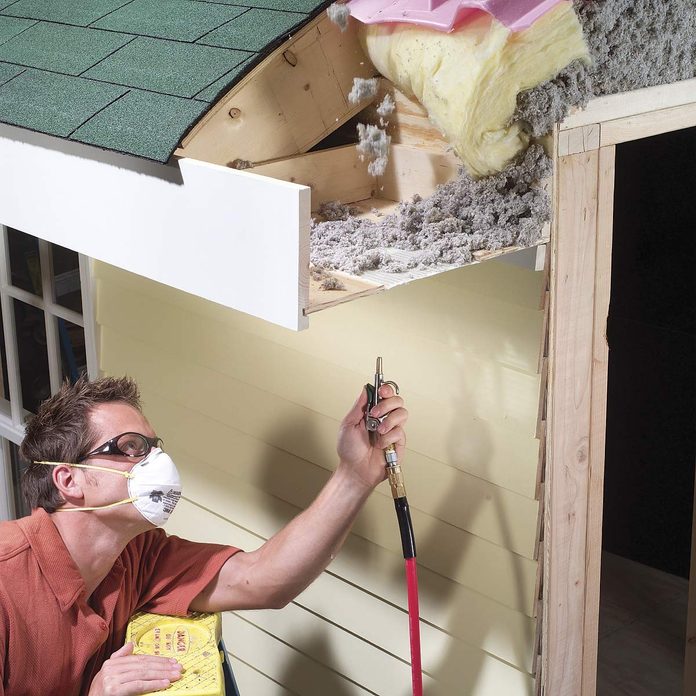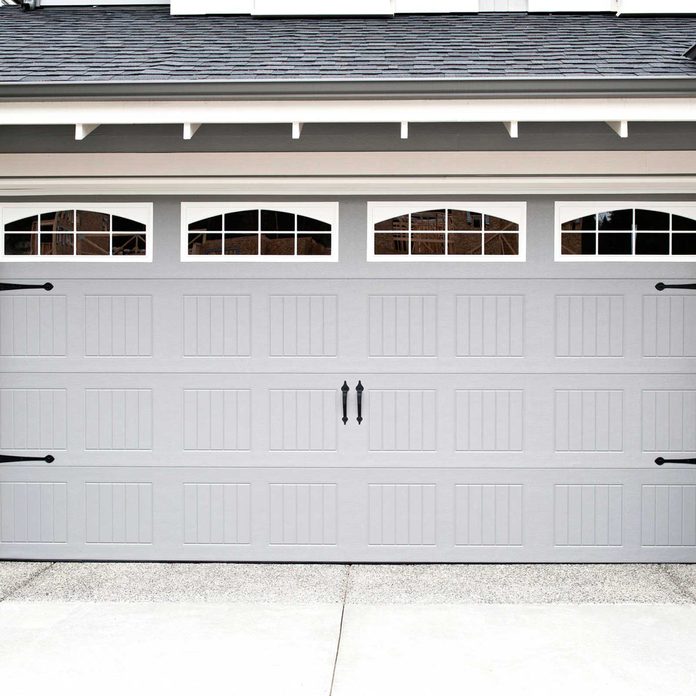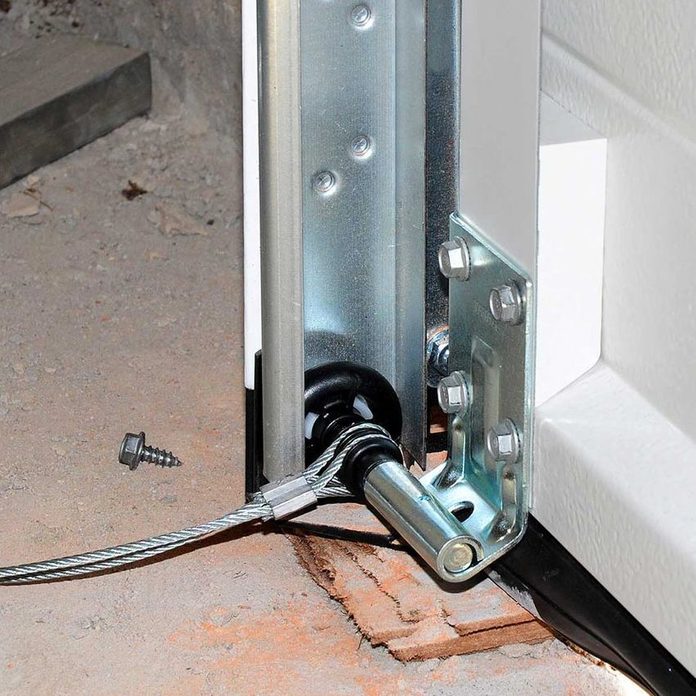You probably haven’t done these cleaning and home maintenance tasks lately (if ever!), but it’s imperative that you do. The good news is they’re easy, and we’ll show you how.
Our editors and experts handpick every product we feature. We may earn a commission from your purchases.Learn more.




































